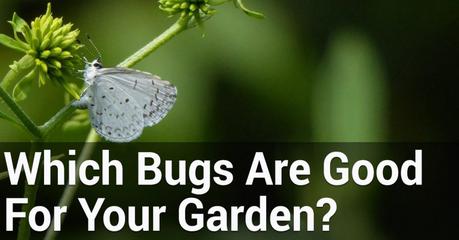 In order to have an astounding garden, it’s necessary to monitor the presence of certain pests in it. They can make a big difference when it comes to how much your garden will thrive.
In order to have an astounding garden, it’s necessary to monitor the presence of certain pests in it. They can make a big difference when it comes to how much your garden will thrive.
But be careful, this doesn’t mean you should mercilessly use sprays and poison without any real knowledge of what pests you’re actually trying to terminate.
Good and Bad Bugs In The Garden
First of all, not every kind of insect is bad for your garden. More precisely, 97% of insects species is beneficial to plants or doesn’t make any impact on them, while only 3% of the species can damage your flowers, decorative trees, and bushes.
The bugs that are good for plants distribute pollen, ensuring further reproduction and growth. Insects such as bees and butterfly are known for pollinating plants. Besides pollinating, some of the species aerate the soil, as well as helping dead material decompose in the ground. And lastly, certain insects feed off pests damaging to your garden.
On the other hand, bad bugs are those that treat on the beautiful flowers that you’re trying to grow. And not just the flowers – fruit and vegetables are on the menu, too. So, don’t get carried away and assume that every bug that you see in the garden is going to destroy the plant – there’s a way of knowing the difference.
Bugs That Are Good For Your Garden
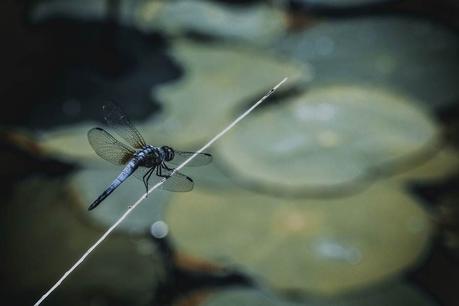
First, here’s a list of most commonly found insects in the garden that are beneficial for the plants:
Ants
Ants collect garbage from the garden and dealing with bodies of dead animals. They can only be problematic if they start behaving too invasively.
Beetles
Beetle types such as ground beetles and bombardier beetles feed on pests like caterpillars, cutworms, march flies and others. If you want to attract them, grow amaranth in the garden.
Dragonflies and Damselflies
When fully grown up, dragonflies and damselflies catch flying insects, while their larvae feed on mosquito wrigglers in water. To attract these good bugs, invest in a small garden pond.
Hoverflies
Hoverflies are very useful for your garden because they lay their eggs in aphids, which are one of the most common pests, so the eggs would have enough food when they hatch. Not only do they prey on pests, but they also pollinate the plants because they need nectar and pollen. Plants like chamomile, marigold, and mint are something they can’t resist.
Praying Mantises
Whether they are adults or larvae, praying mantises feed on many types of pests. If you notice praying mantises in your garden, that’s great – they are a sign of a well-balanced ecosystem.
Bugs That Are Bad For The Garden
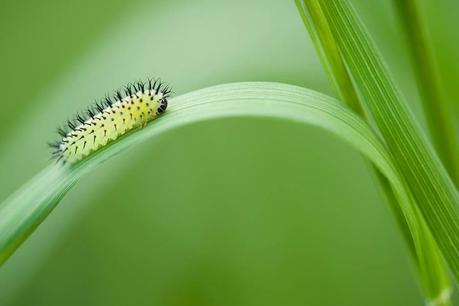
And now the “bad guys” – take a look at the insects damaging your precious garden and how to deal with them:
Termites
Termites destroy older trees. You can tell if they’re attacking a tree by a split in the bark framed by white dust. Planting lavender around the tree can help.
Cockroaches
Cockroaches are very invasive, and they love wood chip mulch, so avoid that. Pestworks cockroach control experts suggest using hay mulch or high-grade lucerne instead. Also, chickens are useful in getting them under control. There are also certain herbs that are known to repel roaches.
Cutworms
Cutworms enjoy eating seedlings, as they live underground.
Cabbage Moth
A type of butterfly that lays eggs on cabbages, cauliflower, and broccoli. When cabbage moth eggs hatch, larvae feed on leaves of these vegetables. Peppermint and tomato can help repel them.
Hornworm Caterpillars
Very difficult to notice on the leaves, and also relentless when it comes to eating the leaves.
Aphids
Aphids like to locate at the tip of a new growth, sucking the green stem and leaves of most common garden flowers like roses, hydrangea, and gardenia, among others. Nasturtiums, chives, and tobacco are plants that repel them.
Conclusion – Know Your Garden Bugs
The point is – your garden needs bugs in order to maintain its ecosystem. By carefully differing between the good ones and the bad ones, you will learn how to help your plants with their growth and how to protect them from the pests, without endangering the natural balance of your garden and its diversity.
Learn More About Gardening
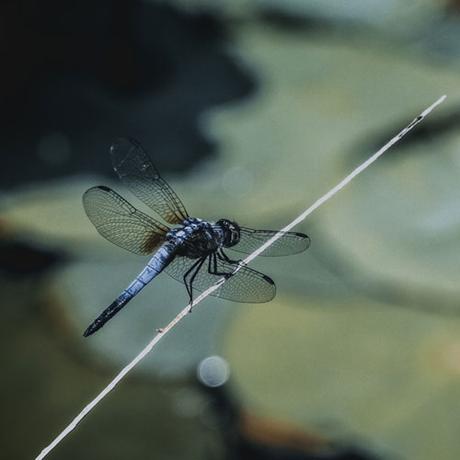
How To Distinguish Good Bugs From Bad Bugs In The Garden
In the Garden0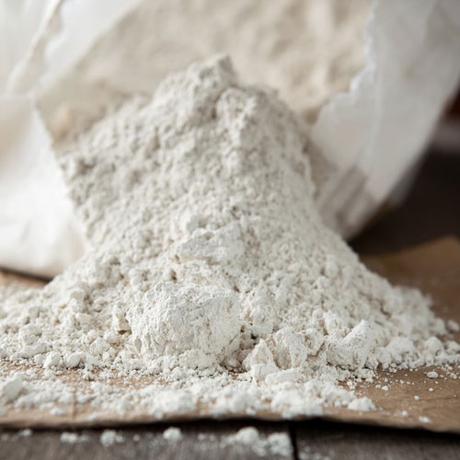
How to Apply Diatomaceous Earth
Cleaning, Garden Tips and Tricks, Tips and Tricks0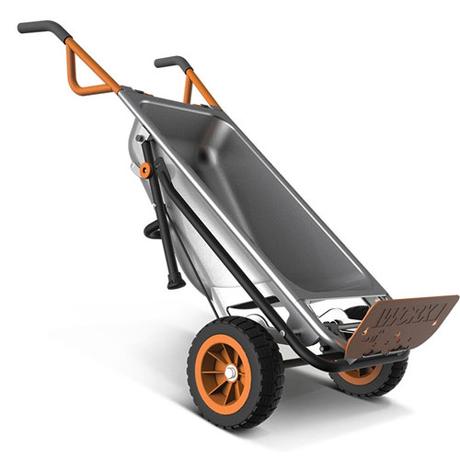
The Worx Aerocart Review – Should You Buy It?
Garden Tools, Tools0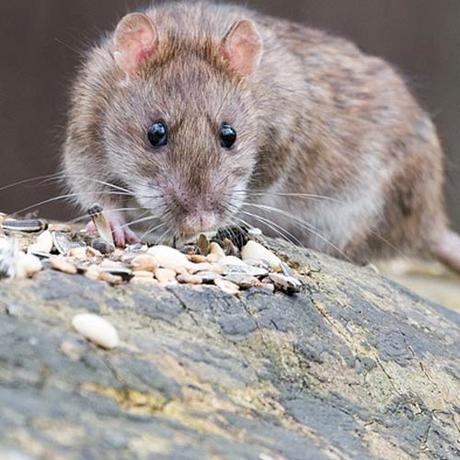
6 Natural Ways To Keep Pests Out Of Your Home And Garden
Garden Tips and Tricks, Guest Posts0View More Gardening Articles
